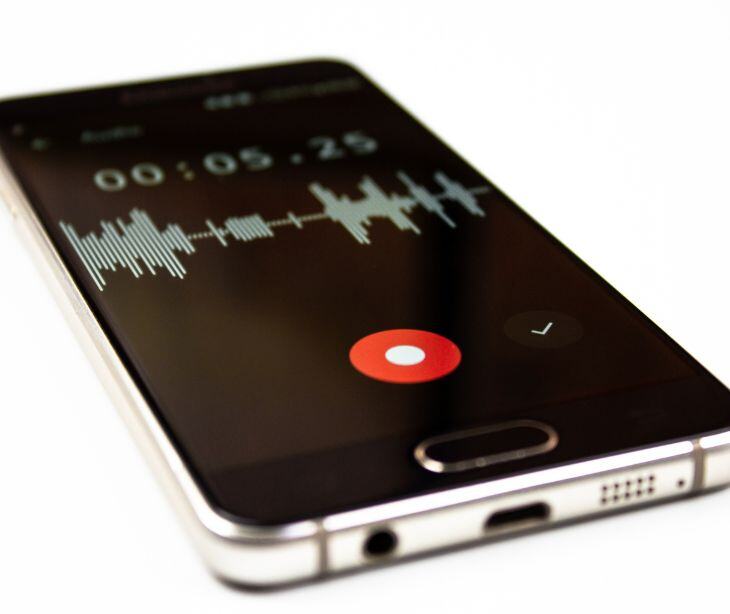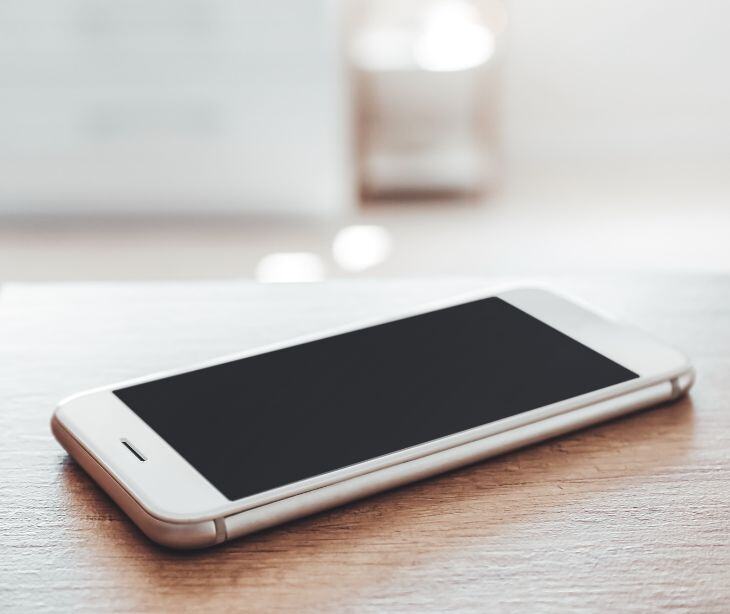
Automated messaging extends therapeutic support beyond the confines of scheduled sessions, integrating treatment into the patient’s everyday life and making it more dynamic and responsive to their immediate needs.
The treatment of social anxiety
A study in the Clinical Psychology Review, “The most well-researched psychosocial treatments for social anxiety disorder are cognitive-behavioral therapies (CBTs), and meta-analyses indicate that all forms of CBT appear likely to provide some benefit for adults.”
Beyond CBT, several methods of care stand out in the treatment of social anxiety. These include:
- In exposure therapy, patients actively face their fears by entering situations that scare them but sticking it out despite feeling distressed. It's like climbing a ladder—starting from the bottom rung and slowly moving up as confidence builds.
- Applied relaxation teaches patients to relax on cue. They learn progressive muscle relaxation, a technique where they tighten and then relax different muscle groups.
- Social skills training addresses fears around interacting with others. Patients practice conversations, often through role-playing exercises with a therapist or in groups.
- Cognitive restructuring helps patients tackle negative thoughts that fuel anxiety. They learn to identify and challenge these thoughts, replacing them with more balanced and realistic ones.
For daily tasks, these methods translate into structured practices. A patient might schedule a time each day to practice relaxation techniques, or plan small, daily exposures to feared social situations, like making a phone call or asking a cashier a question.
Where automated messaging fits in
Automated messaging serves as a valuable tool in managing social anxiety outside of traditional therapy sessions. It enables consistent communication between therapists and patients. Here’s how it fits into the broader treatment strategy:
- Daily reminders: Patients receive automated messages that remind them to practice specific skills learned in therapy, like breathing exercises or mindfulness techniques.
- Prompt exposure tasks: Messages can prompt patients to engage in exposure tasks incrementally. For instance, a text might encourage a patient to strike up a short conversation with a colleague or make a phone call they’ve been avoiding.
- Progress tracking: Automated messaging can ask patients to rate their anxiety levels after completing tasks, creating a log of their experiences and progress.
- Motivational support: Receiving motivational quotes or messages of encouragement can boost a patient’s morale and lessen the burden of anxiety. Knowing that support is just a message away can be reassuring.
- Cognitive exercises: Messages can deliver cognitive exercises that challenge negative thoughts or suggest more rational, calming perspectives in moments of anxiety.
- Safety net: For patients, knowing they can reach out via a messaging system when they feel overwhelmed provides a sense of security and immediate access to coping strategies.
See also: The guide to HIPAA compliant text messaging
FAQs
What is HIPAA?
HIPAA is a U.S. law designed to protect patients' medical records and other health information provided to health plans, doctors, hospitals, and other health care providers.
Is consent necessary to text patients?
Yes.
Can PHI be put into text messages according to HIPAA?
Yes, PHI can be included in text messages under HIPAA, but only if appropriate safeguards are in place.
Subscribe to Paubox Weekly
Every Friday we'll bring you the most important news from Paubox. Our aim is to make you smarter, faster.






